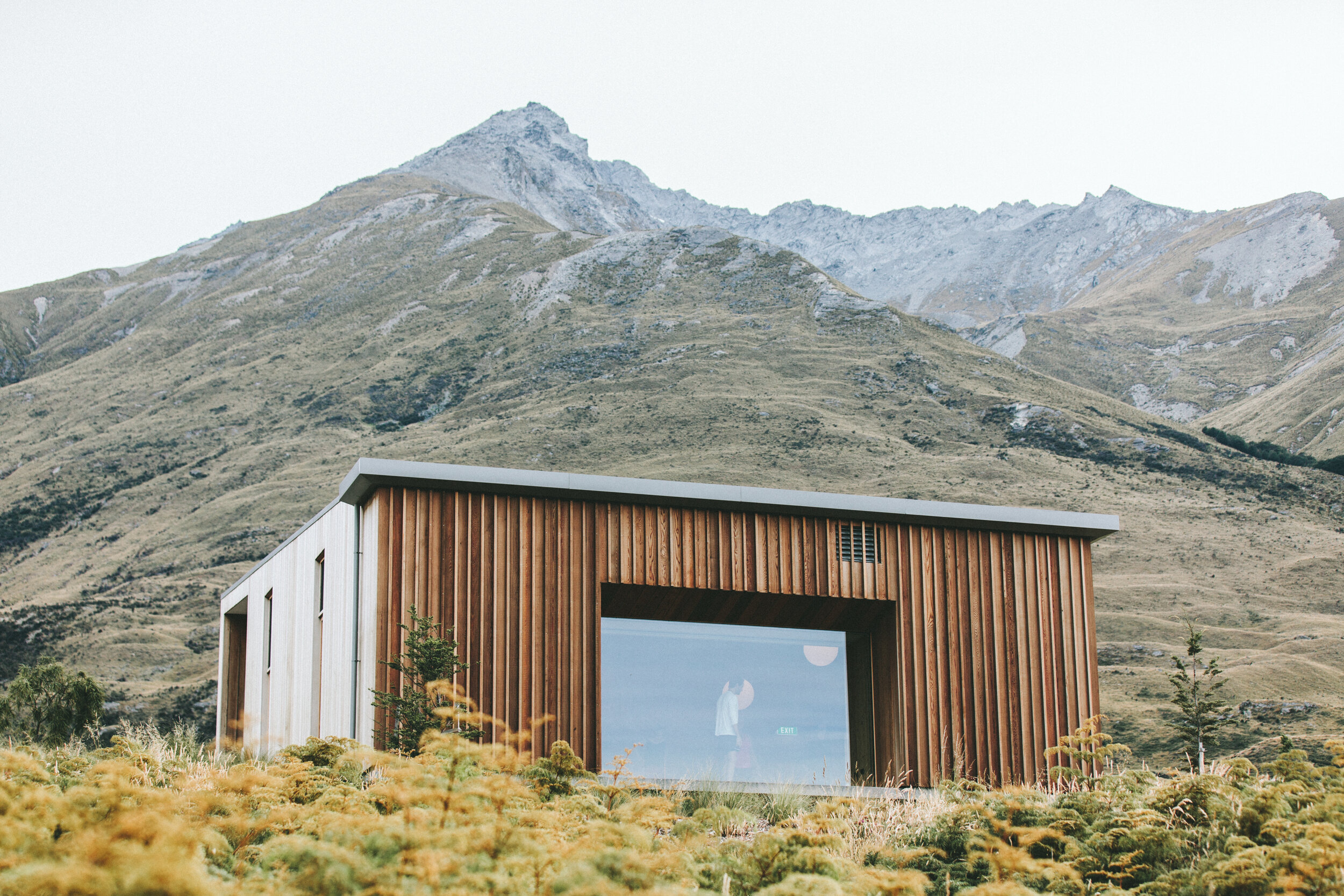Professional Identity & Vision
Professional Identity
Vision
As a designer, learner and thinker, I highly value the use visual tools such as sketches or models. These tools are methods of expressing thought in a tangible form, achieving far more depth than spoken word or written text. I find that having drawing and visual art classes throughout my childhood gave me an outlet to develop fundamental skills and practices from a young age and ultimately taught me how to translate my ideas from the mind to various media.
I love working with my hands and try to work on my own car, motorcycle or bicycle as much as I can for minor repairs and maintenance. Working with my hands in this way has taught me many practical skills that can be useful to a designer, for example when working with electronics or in the making of a prototype. I find a hands-on approach allows me to design with a user-centric focus by more effectively allowing me to understand the perspective of the end-user.
I enjoy collaborating with my peers and have found it to be a crucial aspect within iterative design processes that allows perspectives and ideas to be challenged, resulting in progress and development. My core passions have remained constant for nearly as long as I can remember. I have always been drawn to automotive industry and motorsport, from learning all the names of the cars on the road as a kid to staying up to ungodly hours on a school night to watch a Formula 1 Grand Prix. I try to bring the same passion to my projects as I believe that passion is an integral quality to a designer as it is often the distinguishing factor between acceptable and exceptional.
I wish for my legacy as a designer, and by extension my designs, to be something that goes far beyond my person and to be relevant and of value to society well after I no longer exist. I aspire to be a designer that can be credited with having created something that can be considered iconic in 30, 40, or 50 years time.
For me, design has always been about creating solutions to problems in a way that has not been done before. The most interesting part to me are designs or design characteristics that can go unnoticed by the user, but play a vital role in the overall user experience. I aim to create solutions seamlessly combining the fascinating aspect of invisible design with real-world functional designs.
The focus in the future of society, and the design industry with it, will be firmly on sustainability and working towards an increasingly circular economy. I find myself truly passionate about the concepts of circularity, design-for-disassembly and true chemical recyclability. I am interested in the challenge of how these concepts can be truly delivered to consumers in the real world, achieving a balance in social, environmental and economic impact.




